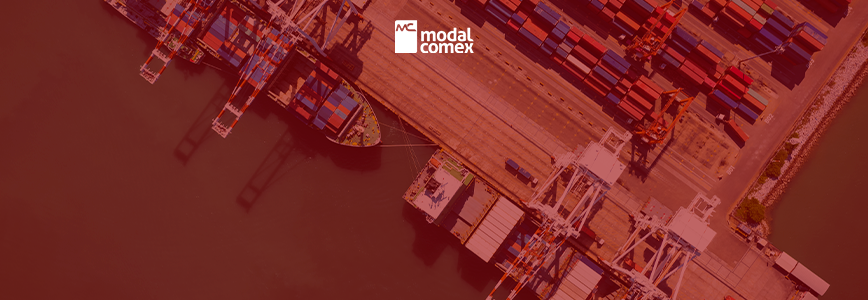What are the causes of delays and congestion at ports?

Experts in International Trade have conducted a detailed mapping of delays and congestion points around the world. This study clearly reveals that problems are widespread across various global trade routes, significantly affecting the flow of goods.
Impact on Trade Routes in Europe and North America
Congestion at ports in Europe and North America is particularly severe, with continuously high levels of delay. These delays not only affect transport in these regions but also have significant repercussions on the Asia-Mediterranean network. The current situation has led to severe congestion at ports worldwide, with queues accumulating and delays extending to several days. The practice of “rolling booking” (postponing reservations) has become common due to these issues.
Contributing Factors to Congestion
The combination of increasing global demand and pandemic control measures are the main drivers of these delays. The additional restrictions and procedures implemented at ports and within supply chains as a result of the pandemic have exacerbated the situation. Consequently, delays and congestion result in significant gaps between shipment and delivery schedules, causing multiple separate departures in Asia.
Current State of Ports
Continuous high levels of port delays are resulting in the unavailability of more than 12% of ship cargo capacity. This scenario places the market in an abnormal perspective, drastically affecting global logistical efficiency. Additionally, approximately 2% of goods are stuck in delays at some of the world’s major ports.
Specific Situation in the United States
International market experts observe that the long lines of containers in Southern California have decreased. However, delays and congestion are shifting to the East Coast of the U.S. and the Gulf region, exacerbating logistical problems. This implies that the apparent “improvement” in California does not solve supply chain issues; instead, these problems are being transferred to other regions.
Delays Originating in China
Lockdowns in China, which resulted in the temporary closure of its ports, initiated a global chain of delays. For two weeks, the world was without cargo movement, with ships awaiting docking. Exporters using smaller ships also face delays, as these ships need to pass through Chinese ports. Daily demand increases the amount of cargo stuck at terminals, expanding congested volumes.
Impact on Transshipment Ports
Congestion at transshipment ports, such as Singapore, results in significant delays, with goods arriving at Brazilian ports up to twenty days late. When goods finally arrive, shippers often skip multiple ports to try to make up for lost time, which only worsens cargo accumulation.
Issues with Cargo Weighing and Payload
The concept of payload refers to the maximum load a container can carry, crucial for the safety and integrity of the goods. However, shipowners face difficulties when exporters provide incorrect weights on the drafts of the BL (Bill of Lading). This results in a need to reschedule shipments, with many containers staying at ports due to incorrect weight declarations. This problem generates additional delays and contributes to congestion.
Imports from China to Brazil
Besides the issues of excess weight, transshipments at base ports in China also cause problems. Many goods are redirected to transshipment ports, resulting in delays and customer dissatisfaction. With volumes accumulating at ports, shipowners transfer stopped cargo to other ports, causing a domino effect of delays and congestion.
Congestion at ports worldwide is causing significant impacts on global supply chains. The combination of high demand, pandemic control measures, and issues with cargo weighing results in continuous and severe delays. The current situation requires coordinated solutions to mitigate these problems and restore global logistical efficiency.


